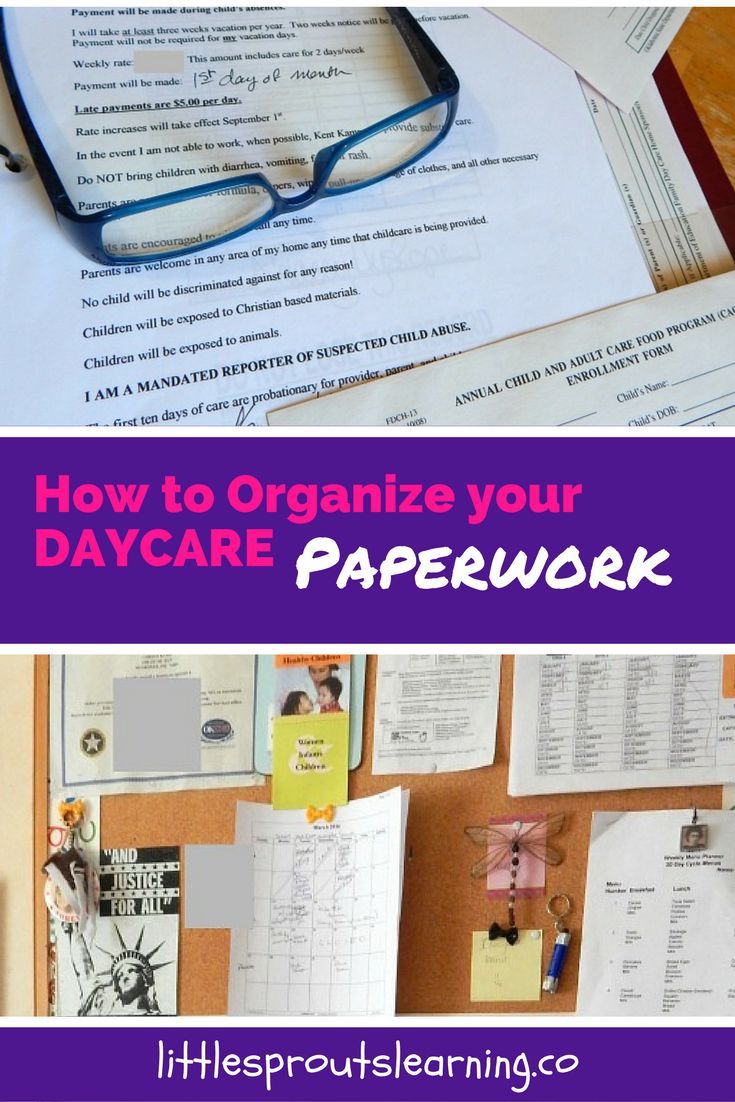How Digital Paperwork Simplifies Your Life

The shift to digital paperwork isn't just a trend; it's a revolutionary change that streamlines our daily tasks, business operations, and personal lives. Imagine a world where paperwork, once a source of clutter and stress, now fits seamlessly into your digital devices, accessible anywhere, anytime. Let's explore how digital paperwork can simplify your life in ways you might not have considered yet.
Enhancing Efficiency and Organization

Digital paperwork, also known as e-documents, represents a transformation from the traditional paper-based systems to an electronic ecosystem where documents are created, stored, and managed online or on devices.
- Clutter-Free Environment: Goodbye, paper mess! With digital paperwork, your office, home, or briefcase no longer needs to be cluttered with stacks of paper. Everything can be neatly organized in folders or cloud storage.
- Ease of Retrieval: Misplaced that contract or invoice? No problem. Digital documents can be found with a few keywords, significantly reducing retrieval time and frustration.
- Version Control: When multiple parties are working on documents, keeping track of versions becomes effortless. With digital paperwork, every change is logged, allowing for easy reversion if needed.
Enhancing Accessibility

One of the most significant advantages of digital paperwork is the ease of access:
- Anytime, Anywhere: No more rushing to the office or frantically searching through filing cabinets. With cloud storage solutions, documents can be accessed from any device with an internet connection.
- Collaboration and Sharing: Sharing documents becomes as easy as sending an email or sharing a link. Collaborating with colleagues or clients can happen in real-time, without the need for physical copies.
- Data Security: Contrary to popular belief, digital paperwork can be more secure than paper documents if proper security measures like encryption and multi-factor authentication are in place.
💡 Note: Always ensure your digital documents are backed up, either locally or in the cloud, to prevent data loss.
Financial and Environmental Benefits

The transition to digital paperwork offers not just organizational but also financial and environmental advantages:
- Reduced Costs: From printing and mailing costs to the need for physical storage space, going digital can significantly cut expenses. Here's a simple breakdown:
| Expense | Paper-Based | Digital |
|---|---|---|
| Printing | $50/month | $0/month |
| Storage | $200/year for physical space | $10/year for cloud storage |
| Mailing | $300/year | $0/year |

- Environmental Impact: Going paperless reduces the demand for paper, leading to fewer trees being cut down, less waste, and a smaller carbon footprint from production and transportation.
🌿 Note: Digital paperwork not only helps in reducing office clutter but also contributes significantly to environmental conservation.
The Digital Paperwork Ecosystem

The digital ecosystem for paperwork includes various tools and services designed to simplify the process:
- PDF Editing Software: Programs like Adobe Acrobat or free alternatives can edit, sign, and convert documents.
- Cloud Storage: Services like Google Drive, Dropbox, or Microsoft OneDrive for storing and accessing documents anywhere.
- Electronic Signatures: Solutions like DocuSign or SignNow streamline the signing process, making contracts and agreements more efficient.
Challenges and Considerations

As beneficial as digital paperwork is, it’s not without its challenges:
- Privacy and Security: Ensuring that documents are secure from cyber threats is paramount. Businesses and individuals must implement robust security protocols.
- Learning Curve: Transitioning to digital means learning new systems and tools, which can take time.
- Legal Validity: Some jurisdictions might require hard copies for legal proceedings, although this is becoming less common with digital signatures gaining recognition.
In summary, digital paperwork offers a transformative approach to managing documents, reducing clutter, improving efficiency, and embracing modern technology. The shift involves learning new tools and considering security and legal aspects, but the benefits in terms of accessibility, cost reduction, and environmental impact are undeniable. As we move forward, integrating digital solutions into our lives will only become more commonplace, making our daily tasks and interactions smoother and more sustainable.
What is the cost-effectiveness of going digital?

+
Switching to digital paperwork significantly reduces costs related to printing, storage, and mailing. Here’s a simple cost comparison:
- Printing costs drop to zero.
- Cloud storage is much cheaper than physical space.
- Mailing costs are eliminated for digital documents.
How do you ensure the security of digital documents?

+
Security can be ensured through encryption, strong password management, multi-factor authentication, regular updates, and secure backup practices.
Are digital signatures legally binding?

+
Yes, in many jurisdictions, digital signatures are legally recognized, provided they meet certain criteria such as:
- Association with the signer
- Control by the signer
- Verification of authenticity